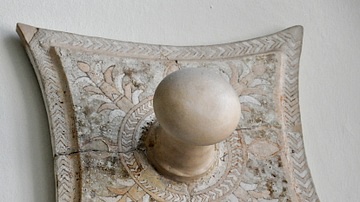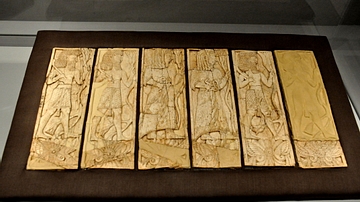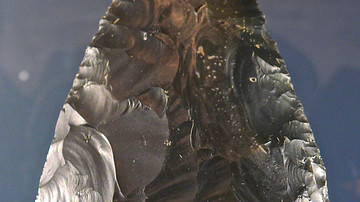Illustration
A hand of the goddess Ishtar (Inanna). This is a decorative element of architecture which was used in temples and palaces. It is inscribed with cuneiform inscriptions and was found in the palace of Ashurnasirpal II to commemorate the new foundation of God Ninurta's temple at Nimrud, the Assyrian capital. From Nimrud, Mesopotamia, reign of Ashurnasirpal II (883-859 BCE).
Sulaimaniya Museum, Iraq.
About the Author
Cite This Work
APA Style
Amin, O. S. M. (2014, January 24). The Hand of Ishtar (Inanna). World History Encyclopedia. Retrieved from https://www.worldhistory.org/image/2266/the-hand-of-ishtar-inanna/
Chicago Style
Amin, Osama Shukir Muhammed. "The Hand of Ishtar (Inanna)." World History Encyclopedia. Last modified January 24, 2014. https://www.worldhistory.org/image/2266/the-hand-of-ishtar-inanna/.
MLA Style
Amin, Osama Shukir Muhammed. "The Hand of Ishtar (Inanna)." World History Encyclopedia. World History Encyclopedia, 24 Jan 2014. Web. 15 Apr 2025.








